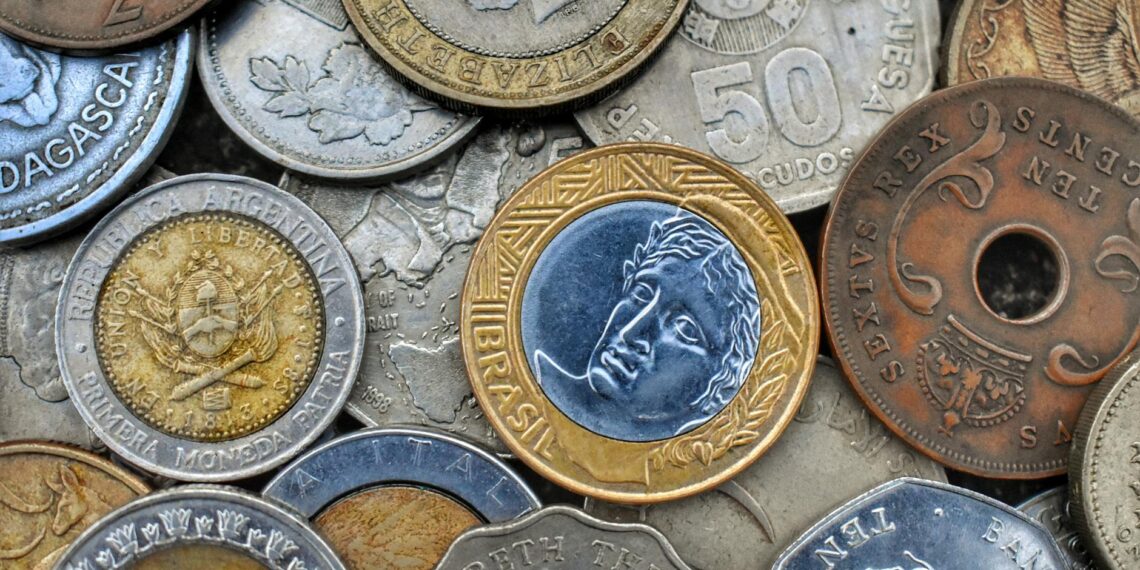The value of a U.S. Proof Set can vary significantly depending on several factors.
- Year of issue: Older proof sets, particularly those from the early years of proof set production (1936-1942 and 1950-1953), tend to be more valuable.
- Mintage figures: Proof sets with lower mintage numbers are generally rarer and command higher prices.
- Composition: Silver proof sets, featuring coins struck in 90% or 99.9% silver, have an inherent value based on their precious metal content, in addition to their collector appeal.
- Special features/rarities: Some proof sets contain unique coins or varieties that can dramatically increase their value, such as sets with “no S” mint marks (denoting an error where the San Francisco mint mark is missing).
- Condition: The condition of the coins within the set, and the integrity of the original Mint packaging, significantly impact its value. Well-preserved sets in their original, undamaged packaging are most desirable.
- Demand: Market interest in specific sets can fluctuate, influencing the prices buyers are willing to pay.
- Common modern proof sets: Many recent clad proof sets (standard sets not containing silver coins) may trade close to their original issue price or slightly above face value.
- Silver Proof Sets: Modern silver proof sets can range from $30 to $200, depending on the year and mintage.
- Rare early proof sets: Early proof sets (e.g., 1936-1951) can be worth hundreds or even thousands of dollars, particularly if they are in excellent condition and come with their original packaging.
- Key Dates and Varieties: Sets with rare features, like the 1975-S “No S” Roosevelt dime, can be exceptionally valuable, potentially reaching hundreds of thousands of dollars.
- Prestige Proof Sets: Prestige Proof Sets, which included commemorative coins in addition to the standard proof coins, are generally worth more than standard sets.
- Identify the year and type of your set: Is it a standard clad proof set, a silver proof set, or a Prestige Proof Set?
- Assess the condition: Are the coins in the set well-preserved? Is the packaging intact? [The American Numismatic Association] recommends examining the coins for signs of wear, damage, or toning.
- Consult reputable resources: Online coin value guides and price lists, such as the Greysheet Catalog, can provide estimated values for various proof sets. Reputable coin dealers and third-party grading services can also help authenticate your set and provide an accurate appraisal.
Note: It’s important to be cautious when dealing with early proof sets (1936-1951) as the original packaging may have caused damage to the coins. Always inspect the coins carefully before purchasing.









Are 1969 proof sets worth anything?
The value of the 1969 Proof Set is influenced by its condition, packaging, and the presence of cameo or deep cameo finishes. Sets that remain in their original Mint packaging with minimal signs of handling are particularly desirable.
Why is the 2012 proof set worth so much?
From my experience, A: The mintage in 2012 was the lowest in many years, making the sets difficult to find. As a result, the Price Premium is very high due to the relative scarcity of these sets.